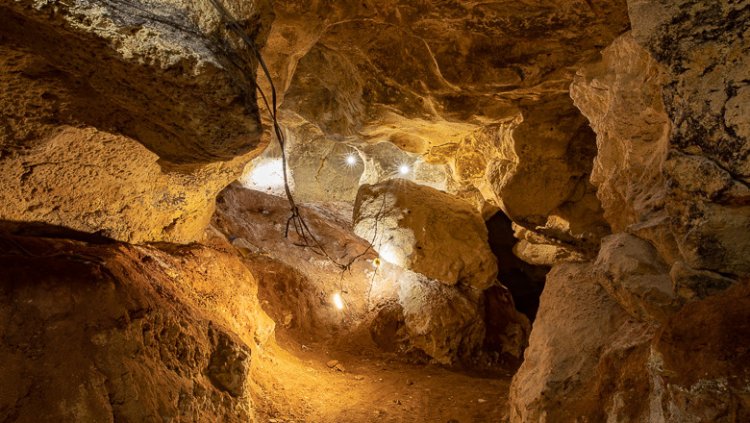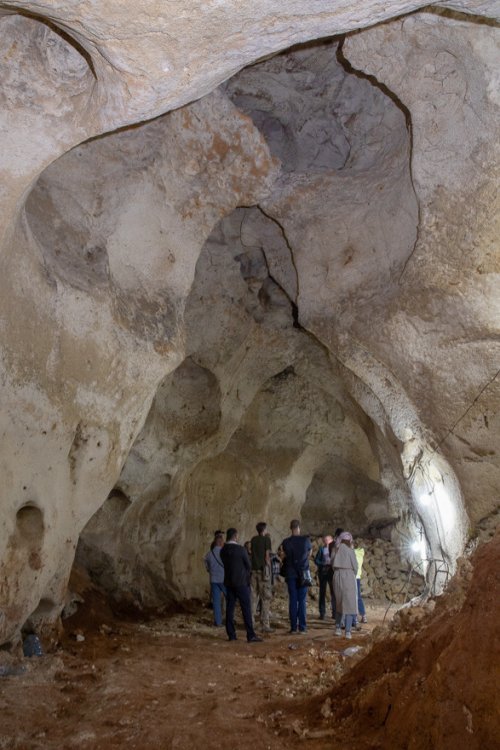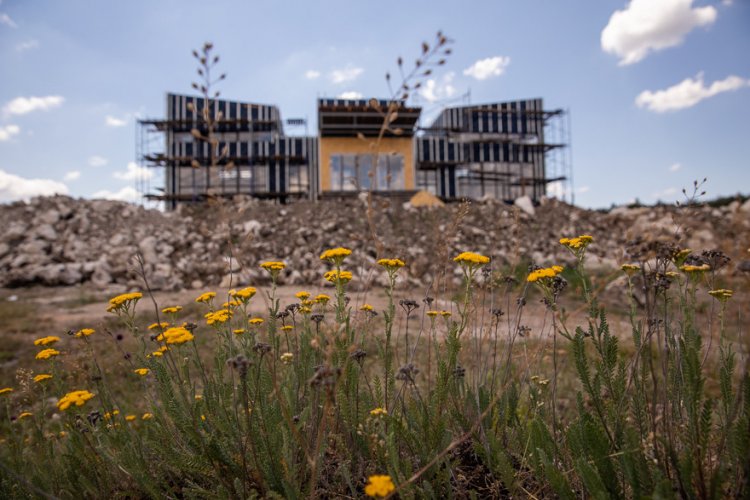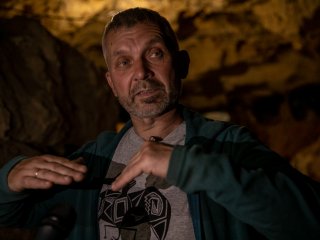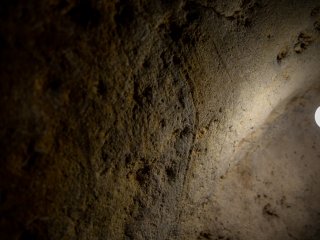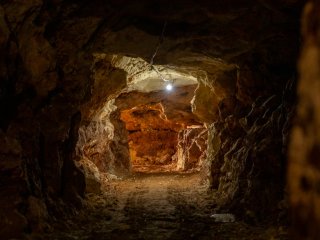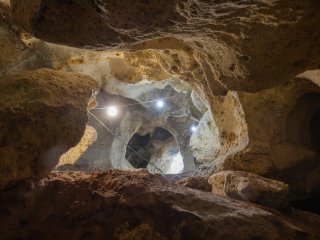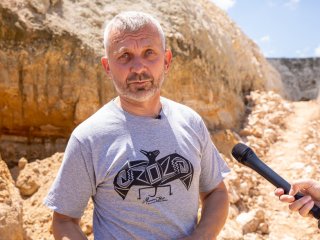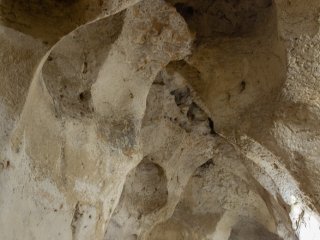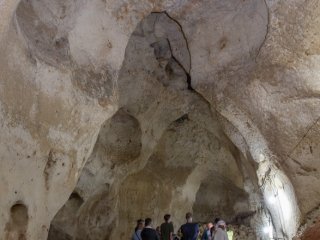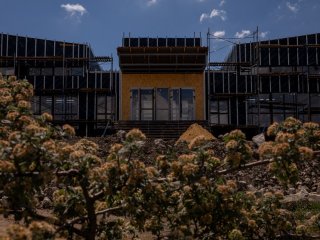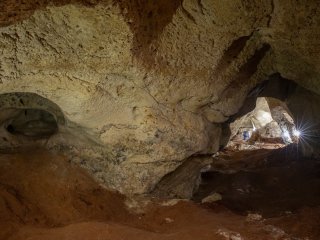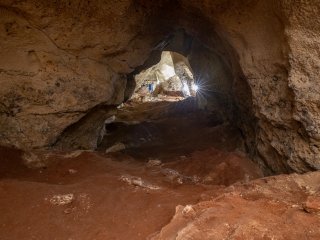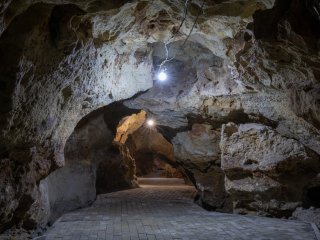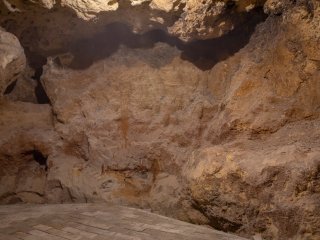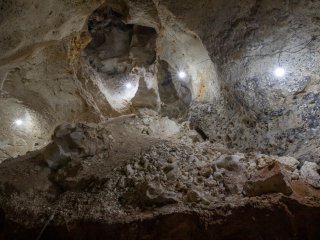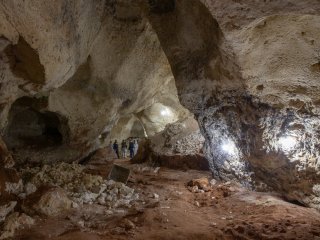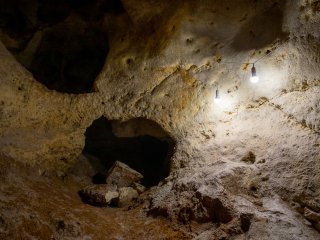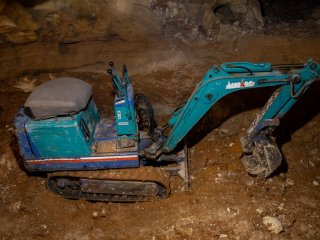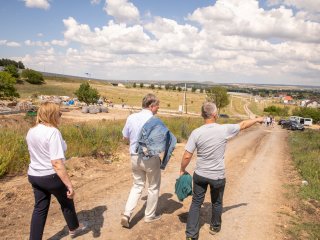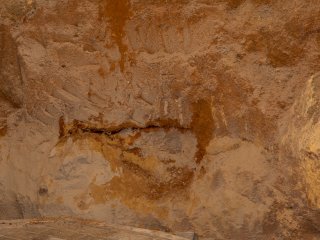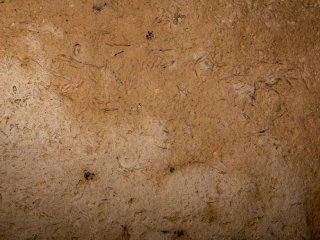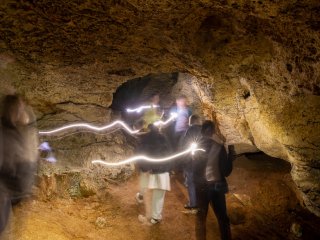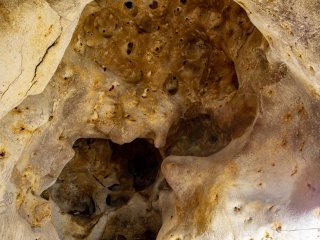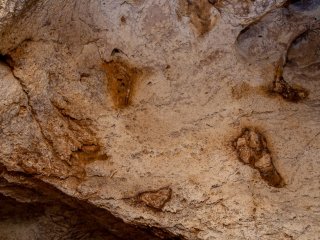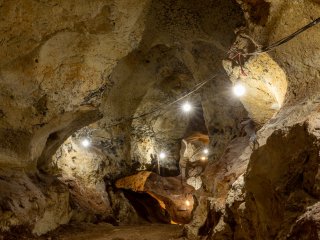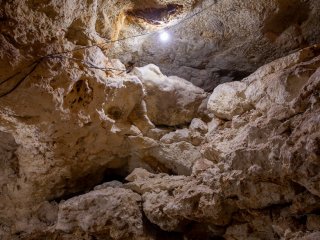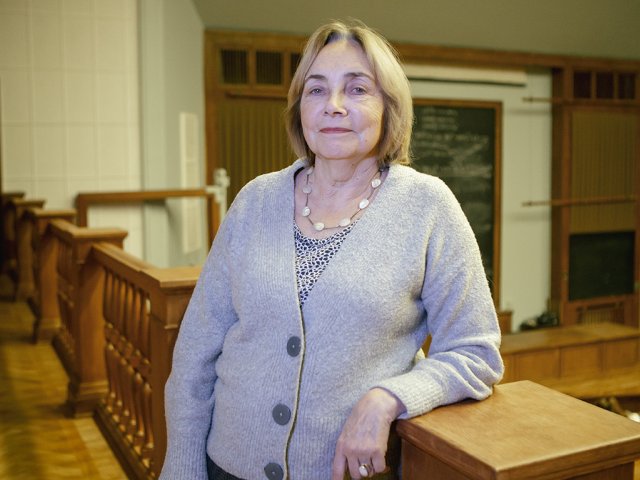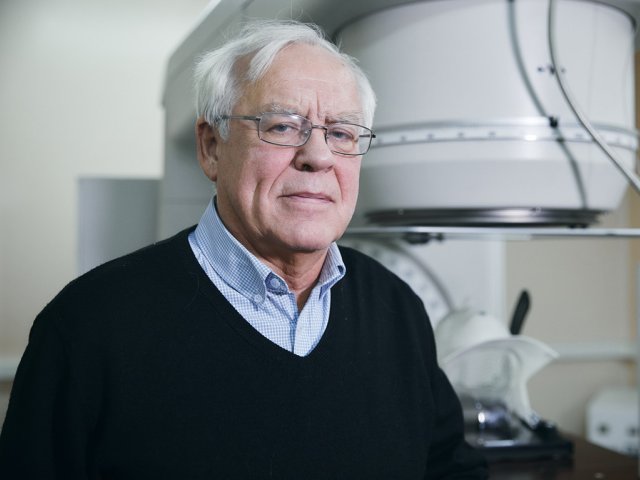On June 13, the participants of the press tour to the Republic of Crimea, organized in Year of Science and Technology, visited the unique Taurida Cave, discovered by chance a few years ago. The route and a part of the tour zone are finished, but there is still a lot to do. Meanwhile, the recreational and the popular science concepts for the site have been built already. We only have to wait for the official opening. The Scientific Russia portal walked the future tour route of the ancient cave with Gennady Samokhin, President of the Russian Union of Speleologists, senior professor at the Subdepartment of Earth Science and Geomorphology, Geography Department, Taurida Academy of V.I. Vernadsky Crimean Federal University.
The discovery of Taurida Cave has become a true scientific event for both Crimea and Russia. It was discovered by chance in many ways – during the course of the construction of its namesake, Taurida highway – from Kerch through Simferopol to Sevastopol. As Gennady Samokhin justly said, had the trench for the road had been smaller and slightly further away, the cave would not have been discovered, and later, there might have been a major collapse on the road.
Meanwhile, scientists and the leadership of Crimea had to persuade VAD, the company responsible for the construction of the road, and the top level authorities that the cave should be preserved as a scientific and recreation site. “Sergey Aksyonov, Head of Crimea, was one of the people who helped keep the cave. The road builders could have easily filled it with concrete, destroying the ancient site for ever. But everyone realized how important it was, and we are most glad of it.”
Gennady Viktorovich Samokhin speaking of the formation of the ancient cave
Specialists have managed to open 2 km of underground passages so far. But potentially, the total length of all passages and galleries may prove to be 10 to 15 km. This is interesting in terms of further exploration of the cave, which is hiding a lot of mysteries.
The multicolored sedimentary rocks strike you as you enter the cave.Gennady Samokhin explained that the yellow and white sand meant that a major ancient river, comparable to the modern Volga, used to flow in the area. “The yellow sand deposits formed 130 million years ago. A long period of continental break followed, after which the limestone formed. This is one of the reasons why there is so much of it in the cave. The cave was not made by water, dripping from above and filtering through the limestone, but by pressure water flowing from below. The water pressing the rock formed the netlike structure of the cave.”
In addition, the discovery of Taurida Cave is changing the notion that scientists and engineers had regarding cave-deposits and geological exploration. Construction of any type involves geological site checks for hazardous geological processes: landslide, slumping, karst formation. Under the current legislation, specialists watch for funneling, a sign of dangerous hollows. During the construction of the road, there was a certainty that the underground part was completely safe for road construction. No funnel was found in the area of Taurida Cave. This changed the previous concept completely. To avoid dangerous situations, specialists are developing a new code of regulations and an advanced training program for geological engineers.
Gennady Samokhin shared plans for organization of the tour route in the cave. First and foremost, the temperature should be maintained at 13oC at all times, and development of undesirable microflora should be prevented. Therefore, lighting restrictions have been adopted: no more than 300 people per hour can be admitted to the cave. At this point, two large galleries will be open to visitors, but later, the debris blocking the way to other parts of the cave will be cleared, allowing visitors to see more of Taurida Cave. In addition, the project organizers will use quality stage light to create the necessary visual effects. “We are going to use luminescence so as to prevent lamp flora, primarily moss — the scorch of all caves, from developing,” Samokhin emphasized.
The main gallery of the cave
The walls bear marks from claws of ancient animals that used to hide in the cave, lived and ate there, bringing in parts of other animals of that era. Eurasia was a savanna at the time. This is why remains of ancient elephants, rhinos, saber-toothed cats, ostriches, hyenas and many other animals were found in the cave.
Today, the scientists working in Taurida Cave are trying to find remains of ancient humans. It is known that a civilization of late Neanderthals was discovered in Belogorsky District of Crimea. Therefore, there may be remains of ancient humans here as well. Given the age of the cave, that would be Homo erectus.
The exploration of the cave goes on, as do the preparations for the opening of the entire site. This will be the first cave site accessible for low-mobility visitors. This is a truly socially-oriented project. Another interesting thing is that housing development has started around the cave, and the price of land shot up. This indicates that, in the future, Taurida Cave will be transformed into a real recreation facility with quality infrastructure.
The construction of the visit center is nearly complete
This material was prepared with the support from the Ministry of Science and Higher Education and the Russian Academy of Sciences.
